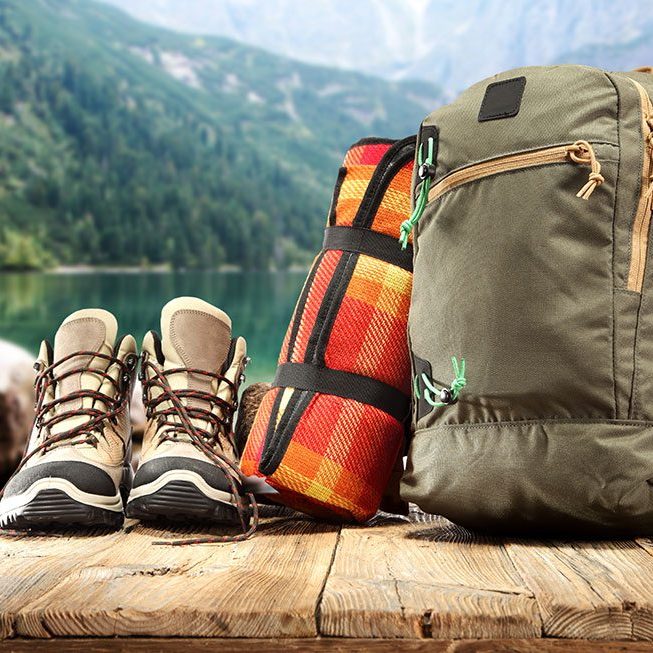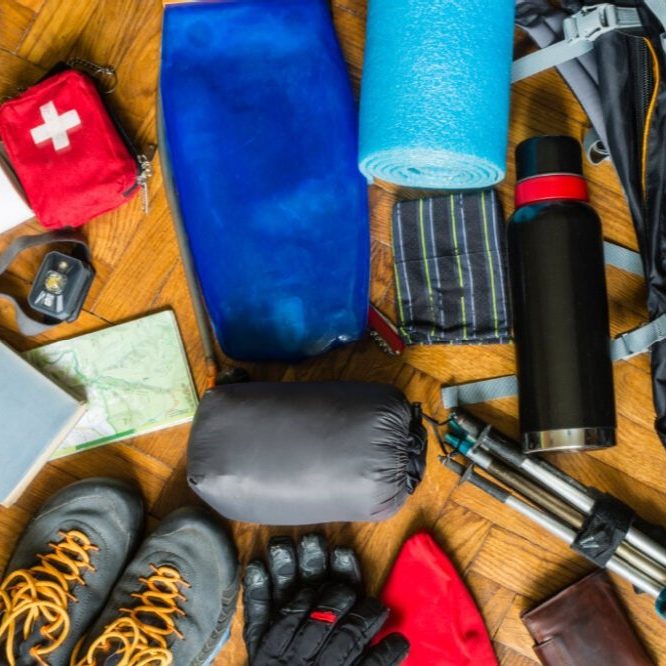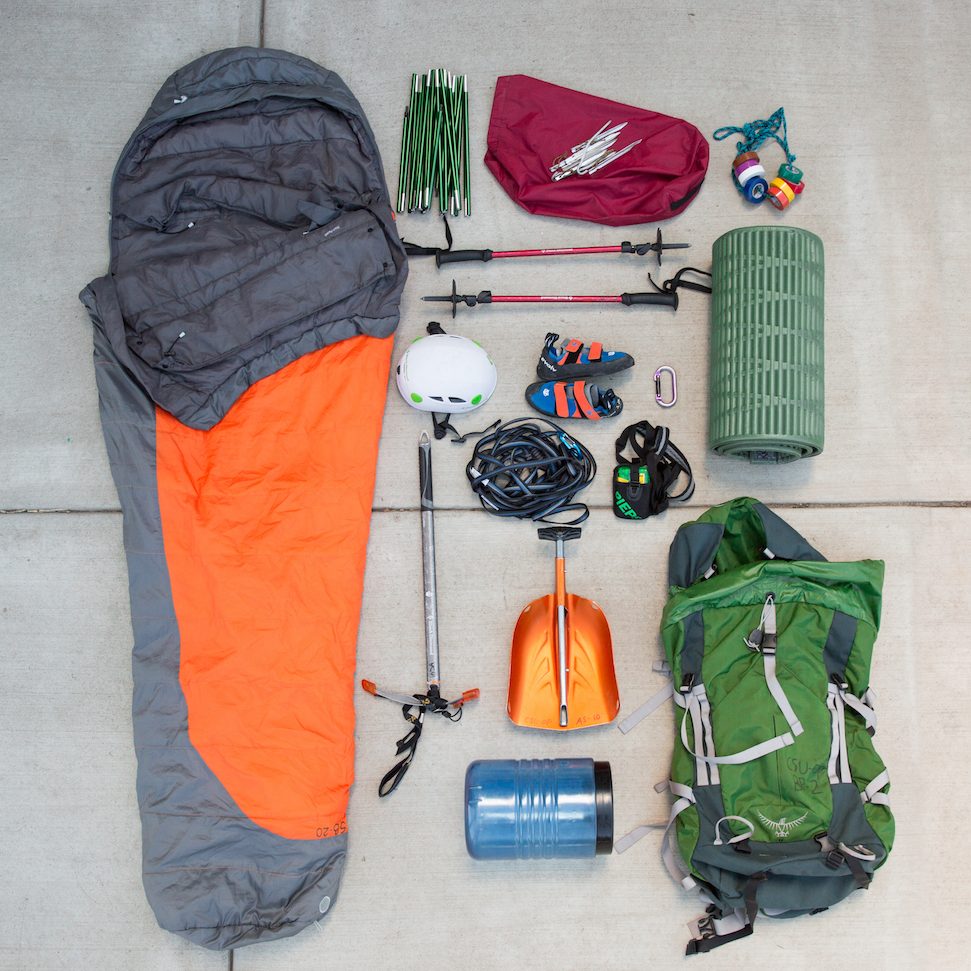Introduction to Summer Hiking Attire
Hiking in the summer can be an exhilarating experience. However, it also presents unique challenges, such as heat, sun exposure, and varying terrain. Wearing the appropriate clothing can enhance your comfort and make your hiking adventure much more enjoyable. This guide will explore the essential apparel for summer hiking, focusing on materials, styles, and key accessories.
When you prepare properly, you can focus on enjoying nature rather than worrying about discomfort. Understanding how to dress for the heat, sun, and insect presence is vital for a successful hike. Choosing the right clothing can help regulate body temperature, wick away sweat, and protect against the elements. Let’s dive into the details of summer hiking attire and how to gear up for your next adventure.
Choosing the Right Base Layers
Importance of Base Layers
The base layer is the first piece of clothing you put on when dressing for a hike. This layer sits against your skin and plays a crucial role in moisture management. During summer hikes, it’s essential to choose materials that wick moisture away from your body to keep you dry and comfortable.
Common materials for summer base layers include synthetic fabrics like polyester or nylon and natural fibers such as merino wool. Synthetic fabrics are lightweight and provide excellent moisture management. They dry quickly and help keep you cool in hot weather. Merino wool, while typically associated with winter apparel, also has cooling properties that can be beneficial during summer hikes.

Choosing the Right Fit
When selecting a base layer, consider the fit. A snug fit is often best for moisture-wicking purposes, as it allows the fabric to effectively pull sweat away from your skin. Look for options that provide a bit of stretch for ease of movement, especially if you will be hiking for extended periods. Also, choose a fabric that feels comfortable and breathable against your skin to avoid irritation during your hike.
Avoid cotton as a base layer. Although many people still wear cotton T-shirts for casual outings, it absorbs moisture and retains it, leading to discomfort and chafing during hikes. By investing in quality base layers that are lightweight and moisture-wicking, you set the foundation for a comfortable hike.
Selecting the Right Hiking Shirt
Lightweight and Breathable Fabrics
A good hiking shirt is essential for summer hikes. Opt for lightweight, breathable fabrics that allow for proper ventilation. Quick-drying materials are also a plus, as they help wick moisture away from your skin and dry rapidly during warmer weather. Look for options made from polyester or nylon blends that provide durability and breathability.
UPF (Ultraviolet Protection Factor) shirts are also a smart choice for hiking. These shirts offer sun protection, shielding your skin from harmful UV rays. Many companies now offer shirts with integrated UPF ratings, making them ideal for sunny hikes. Wearing a shirt with UPF protection can help prevent sunburn and long-term skin damage, allowing you to enjoy your outdoor adventure safely.
Long Sleeves vs. Short Sleeves
When selecting a hiking shirt, you have the option of short sleeves or long sleeves. Short-sleeve shirts provide better airflow and comfort in hotter conditions. However, long-sleeve options offer additional protection from the sun and can help shield your arms from branches, bugs, and other hazards on the trail.
Consider the environment you will be hiking in when making your choice. If you’re in particularly sunny or exposed areas, long sleeves might be beneficial despite the heat. In contrast, if you expect high humidity or prefer more ventilation, a short-sleeve option may be preferable. Finding the right balance between coverage and comfort is key.

Choosing Hiking Bottoms
Types of Hiking Pants and Shorts
The choice between pants or shorts largely depends on personal preference and the type of terrain you plan to hike. For hot weather, lightweight shorts can provide comfort and freedom of movement. Look for shorts made from moisture-wicking materials that offer quick-drying features. These fabric properties minimize discomfort from sweat and moisture during your hike.
Alternatively, hiking pants may be a better option if you expect rugged terrain or significant exposure to sun and biting insects. Lightweight, breathable hiking pants made from nylon or polyester will allow for comfort while providing protection against the elements. Convertible pants, which can transform from pants to shorts, are also a versatile choice for variable conditions.
Attention to Fit and Features
Fit is important when selecting hiking bottoms. Ensure that the pants or shorts you choose allow for a full range of motion. Look for options with an adjustable waistband or built-in stretch to maintain comfort during longer hikes. Multi-pocket designs can also be helpful for carrying essentials, such as snacks or a map, without needing a backpack.
Ultimately, the right hiking bottoms should come down to personal comfort and the specific conditions you plan to encounter on your hike. Consider testing various styles and fits during lighter activities to ensure you find the best options for your adventurous outings.

Footwear: Finding the Right Hiking Shoes
Importance of Reliable Footwear
Selecting the right footwear is crucial for a successful hiking experience. Summer hikes often involve various terrains, from rocky paths to muddy trails. Reliable footwear protects your feet while providing traction and support. The right shoes can significantly enhance your comfort, allowing you to focus on the beauty around you rather than your sore feet.
Hiking shoes typically fall into three main categories: hiking boots, hiking shoes, and trail runners. Hiking boots offer ankle support and durability, making them ideal for rugged and uneven trails. Hiking shoes provide a balance of support and flexibility, making them excellent for moderate trails. Trail runners are lightweight and designed for speed, ideal for those who prefer a faster pace on well-marked paths.
Selecting Features for Summer Hiking
When choosing footwear for summer hiking, prioritize ventilation and breathability. Look for shoes with mesh panels that allow air to circulate, keeping your feet cool and comfortable. Additionally, select shoes with good drainage capabilities if you plan on encountering wet conditions.
Ensure the shoes you choose provide ample cushioning and support for all-day wear. Proper fit is crucial; your shoes should be snug but not overly tight. Consider wearing moisture-wicking socks made from synthetic materials to further enhance comfort and minimize friction. A perfect fit and the right shoe type will help prevent blisters and ensure a pleasant hiking experience.
Essential Accessories for Summer Hiking
Sun Protection Gear
When hiking in the summer, sun protection is essential to avoid sunburn and heat-related issues. Start with a wide-brimmed hat that provides shade for your face and neck. A hat not only keeps you cooler but also protects your skin from UV rays. Look for lightweight, breathable hats made from moisture-wicking materials.
Sunscreen is another critical accessory. Apply a broad-spectrum sunscreen with a high SPF rating before your hike and reapply throughout the day, especially after sweating. Use water-resistant formulas for added protection. Don’t forget to include your lips; a lip balm with SPF can help prevent sunburn.
Additional Hiking Accessories
Other accessories to consider include sunglasses with UV protection. Quality sunglasses will shield your eyes from glare and reduce fatigue against bright sunlight. Additionally, consider using a lightweight backpack or hydration pack to carry water, snacks, and other essentials during your hike.
Multi-tools and trekking poles can also enhance your summer hiking experience. Trekking poles provide added stability on uneven terrain, helping to reduce strain on your legs. A multi-tool can be useful for various tasks, such as making quick repairs to gear or managing small emergencies. These accessories enhance your safety and enjoyment while hiking.
Staying Comfortable During Your Hike
Importance of Hydration
Staying hydrated is vital during summer hikes. High temperatures and physical exertion can lead to dehydration, impacting your performance and health. Always carry sufficient water, and plan for hydration breaks throughout your hike. A good rule of thumb is to drink water before you feel thirsty.
Using insulated hydration packs or water bottles can help keep your drinks cool. If hiking for an extended period, consider electrolyte supplements or hydration tablets to replenish lost minerals. Understanding how your body reacts to heat and hydration needs is crucial for a safe and enjoyable experience.
Listening to Your Body
Pay attention to your body’s signals while hiking. If you start to feel overheated, take breaks in shaded areas to cool down. It’s essential to monitor how you feel and adjust your pace if needed. If you experience symptoms of heat exhaustion, such as dizziness or extreme fatigue, prioritize rest and hydration.
Remember that summer hikes can be more demanding than you may initially expect. Choosing the right clothing, accessories, and hydration strategies can significantly enhance your comfort and ensure a successful outing. Focus on enjoying the journey and the beauty around you while taking care of your health.
Conclusion: Gear Up for Your Summer Hiking Adventure
In conclusion, proper attire is crucial for a successful and enjoyable summer hiking experience. By selecting the right base layers, hiking shirts, bottoms, and footwear, you can stay comfortable while protecting yourself from the elements. Don’t forget the importance of essential accessories such as sun protection gear and hydration equipment.
Being adequately prepared involves understanding your hiking environment and ensuring you tailor your clothing and gear to meet those conditions. Always prioritize comfort and functionality to make your adventures enjoyable. Planning ahead will help you maximize the beauty of the great outdoors and create memorable experiences on your summer hikes.
As you gear up for your next adventure, remember that the right setup can transform your experience, allowing you to explore confidently. Enjoy the journey and the breathtaking sights that nature has to offer!
